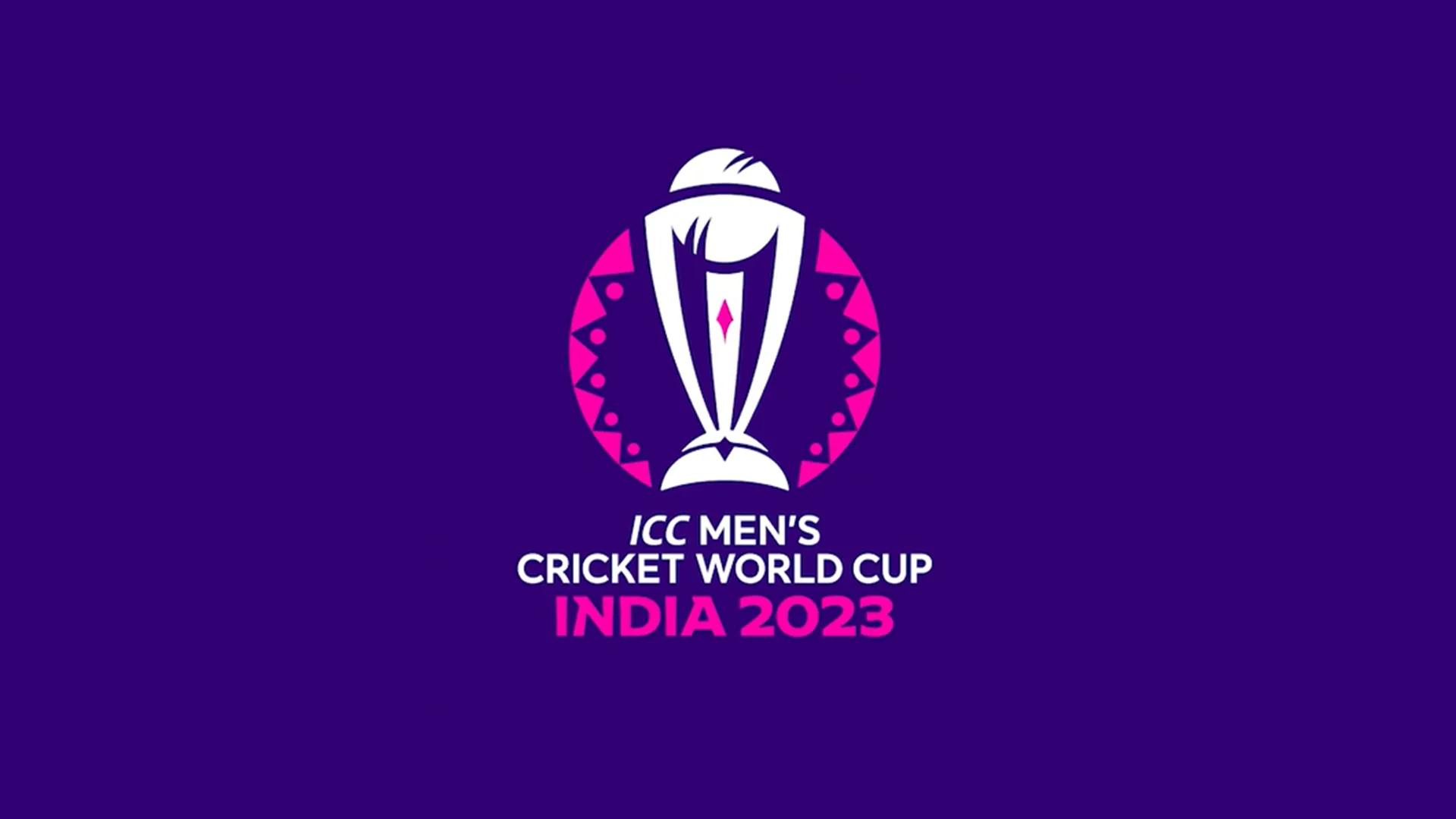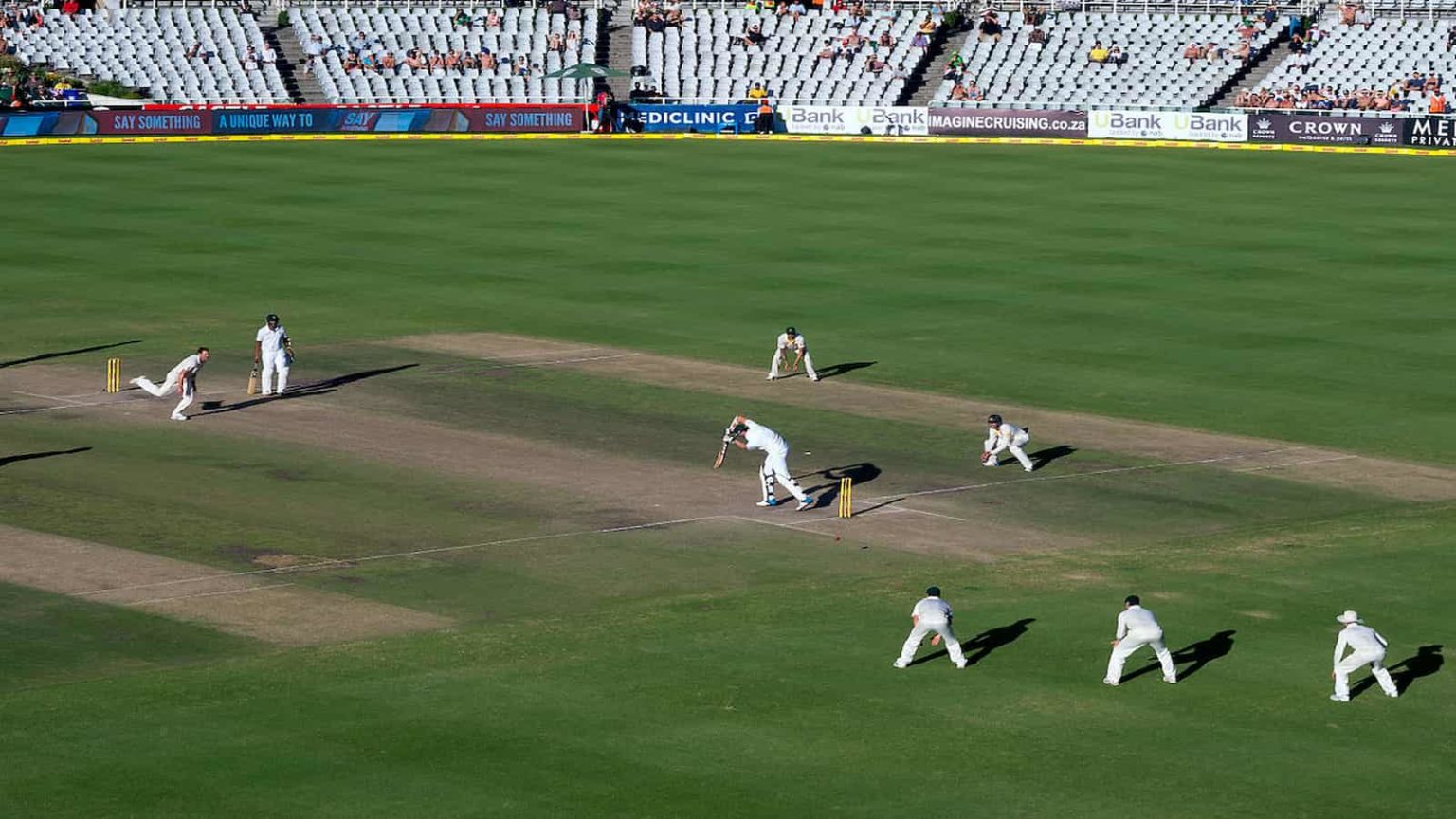The World Cup Cricket tournament is one of the most prestigious events in the world of cricket. It is a global event that brings together the best cricketing nations to compete for the ultimate prize in the sport. The tournament has a rich history that dates back to 1975 when the first World Cup was held in England.
Since then, the tournament has grown in popularity and has become a major event in the cricketing calendar. The World Cup is held every four years and is organized by the International Cricket Council (ICC). The tournament consists of a group stage followed by knockout rounds, with the winner being crowned the World Cup champions.
Over the years, the World Cup has produced some of the most memorable moments in cricket history. From the heroics of Kapil Dev in 1983 to the dominance of the Australian team in the late 1990s and early 2000s, the tournament has seen some of the greatest players and teams in the sport compete at the highest level. In this article, we will take a closer look at the history of the World Cup Cricket tournament and explore some of the key moments and milestones that have shaped the tournament into what it is today.
Origins of the Tournament
The Cricket World Cup is an international cricket championship that takes place every four years. The tournament is organized by the International Cricket Council (ICC) and is considered one of the most prestigious events in the sport. The first Cricket World Cup was held in 1975, and since then, it has become a highly anticipated event for cricket fans around the world.
Genesis of Glory: The Birth and Inception of the Cricket World Cup
The idea for the tournament was first proposed in the early 1970s, when the ICC was looking for ways to promote the sport and generate more interest in cricket. The first tournament, known as the Prudential Cup, was held in England in 1975 and featured eight teams from around the world.
The format of the tournament was simple: each team played the other teams in a round-robin format, with the top four teams advancing to the semi-finals. The final was played between Australia and the West Indies, with the West Indies emerging as the champions.
Evolving Dimensions: Changes and Expansions in the Cricket World Cup
One of the most significant changes to the tournament over the years has been the number of overs played per side. In the first tournament, each team played 60 overs, while in the most recent tournament, held in 2019, each team played 50 overs.
Initially, only test nations were allowed to participate in the tournament. However, in 1979, a composite team made up of players from non-test playing teams was added to the tournament. This team, known as the ICC Trophy, was designed to give players from countries that did not have test status the opportunity to compete at the highest level.
Over the years, the Cricket World Cup has grown in popularity and is now considered one of the most significant events in the sporting world. The tournament has brought together some of the best cricket players from around the world and has provided fans with countless memorable moments.
Format Evolution
The format of the World Cup Cricket tournament has evolved since its inception in 1975. The first three editions of the tournament were played in a round-robin format, where each team played against every other team once. The top two teams then played a final to determine the winner.
A Shifting Paradigm: Format Transformations in the 1983 and 1992 Cricket World Cups
In 1983, the format was changed to a knockout format, where teams played a single elimination tournament. This format was used until 1992, where the tournament was expanded to include nine teams and a round-robin format was used again.
Evolution of Formats: Changing Structures in the Cricket World Cup
In 1996, the tournament was expanded to 12 teams and split into two groups of six teams each. Each team played every other team in their group once, and the top four teams from each group advanced to the quarter-finals. This format was used again in 1999 and 2003.
In 2007, the tournament was again expanded to 16 teams, with four groups of four teams each. Each team played every other team in their group once, and the top two teams from each group advanced to the Super Eight stage. The Super Eight stage was a round-robin format, where each team played against every other team once. The top four teams from the Super Eight stage then advanced to the semi-finals.
In 2011, the tournament was reduced to 14 teams, with two groups of seven teams each. Each team played every other team in their group once, and the top four teams from each group advanced to the quarter-finals. This format was used again in 2015.
In 2019, the tournament was again reduced to 10 teams, with each team playing against every other team once. The top four teams then advanced to the semi-finals, followed by the final.
Throughout the evolution of the format, the matches have been played in the One Day International (ODI) format, with each team batting for a maximum of 50 overs. The number of overs per side has remained constant throughout the tournament’s history. Day/night matches have also been introduced, with matches played under floodlights. The fielding circle was introduced in 1992, with a 30-yard circle placed around the pitch to encourage attacking play.
Host Nations
Since the first World Cup in 1975, the tournament has been hosted by a variety of countries across the globe. The following section provides a brief overview of the host nations and some of the key details surrounding their hosting of the tournament.
England
England has hosted the World Cup on five occasions, most recently in 2019. The tournament has been held at a variety of venues across the country, including Lord’s Cricket Ground, The Oval, and Old Trafford. The 2019 tournament was particularly notable for its use of a round-robin format, which allowed all 10 teams to play each other in the group stage.
Indian Subcontinent
The Indian subcontinent has hosted the World Cup on three occasions, most recently in 2011. The 2011 tournament was jointly hosted by India, Sri Lanka, and Bangladesh, with the final held at the Wankhede Stadium in Mumbai. The tournament was notable for the performance of India, who won the trophy for the second time in their history.
Australia
Australia has hosted the World Cup on four occasions, most recently in 2015. The tournament was held at a variety of venues across the country, including the Melbourne Cricket Ground (MCG) and the Sydney Cricket Ground. The 2015 tournament was notable for the performance of the co-hosts, who reached the final before losing to New Zealand.
West Indies
The West Indies hosted the World Cup for the first time in 2007, with matches held at a variety of venues across the Caribbean. The tournament was notable for the surprise victory of the hosts, who defeated Pakistan in the final to win the trophy for the second time in their history.
Sri Lanka
Sri Lanka hosted the World Cup for the first time in 1996, with matches held at a variety of venues across the country. The tournament was notable for the performance of the hosts, who defeated Australia in the final to win the trophy for the first time in their history.
New Zealand
New Zealand hosted the World Cup for the first time in 1992, with matches held at a variety of venues across the country. The tournament was notable for the introduction of colored clothing and floodlights, as well as the performance of the hosts, who reached the semi-finals before losing to Pakistan.
South Africa
South Africa hosted the World Cup for the first time in 2003, with matches held at a variety of venues across the country. The tournament was notable for the performance of the hosts, who reached the semi-finals before losing to eventual champions Australia.
Other Host Nations
Other countries to have hosted the World Cup include East Africa (1975), Zimbabwe (1992), and Kenya (1996). The tournament has also been held at a variety of venues outside of traditional cricket-playing nations, including Barbados (2007) and Colombo, Sri Lanka (1996). Wales has also hosted matches as part of joint-hosting arrangements with England.
Teams and Players
The Cricket World Cup is a tournament that brings together the best cricket teams from around the world. The tournament has seen the participation of several teams and players over the years.
Some of the most successful teams in the history of the tournament include the Australian team, which has won the tournament a record five times, and the Indian team, which has won the tournament twice. Other teams that have had success in the tournament include Sri Lanka, Pakistan, and the West Indies.
The tournament has also seen the participation of several associate teams, including Bangladesh, Scotland, Ireland, and the Netherlands. These teams have often played the role of underdogs, but have produced some memorable performances over the years.
Several players have made their mark on the tournament over the years. Muttiah Muralitharan, Glenn McGrath, and Shane Warne are among the leading wicket-takers in the tournament’s history. Sanath Jayasuriya, Clive Lloyd, Ian Chappell, Viv Richards, Collis King, and Kapil Dev are some of the players who have made significant contributions to their team’s success in the tournament.
The tournament has also seen some individual performances that will be remembered for a long time. Allan Lamb’s innings in the 1987 tournament, Matthew Hayden’s century in the 2007 final, and Kumar Sangakkara’s four consecutive centuries in the 2015 tournament are just a few examples.
In recent years, players like Mitchell Starc, Trent Boult, Sachin Tendulkar, and Yuvraj Singh have left their mark on the tournament. The tournament continues to be a showcase for some of the best talent in men’s cricket from all six populated continents.
Overall, the Cricket World Cup has seen some of the best teams and players in the history of the sport compete for the coveted trophy.
Historical Moments
The World Cup Cricket tournament has seen its fair share of historical moments. From thrilling finishes to unforgettable performances, the tournament has provided fans with countless memories to cherish. In this section, we will take a look at some of the most significant moments in the history of the tournament.
Defying Destiny: India’s Historic Triumph in the 1983 Cricket World Cup
One of the most iconic moments in World Cup history came in 1983 when India defeated the mighty West Indies in the final at Lord’s. Led by Kapil Dev, India’s victory was considered a massive upset at the time. However, it proved to be a turning point for Indian cricket as it inspired a generation of players to take up the sport.
A Triumph for the Ages: Sri Lanka’s Glorious Victory in the 1996 Cricket World Cup
Another unforgettable moment came during the 1996 tournament when Sri Lanka defeated Australia in the final at Lahore. The match was played in front of a packed crowd at the Gaddafi Stadium, and it was a historic moment for Sri Lankan cricket. Arjuna Ranatunga’s side played some outstanding cricket throughout the tournament, and their victory was well-deserved.
Epic Encounters: Nail-Biting Conclusions in Recent Cricket World Cup History
In recent years, the World Cup has witnessed some thrilling finishes. The 2011 final between India and Sri Lanka at the Wankhede Stadium in Mumbai was a classic. Chasing 275 for victory, India lost early wickets but a brilliant knock from Gautam Gambhir (97) and a captain’s innings from MS Dhoni (91 not out) saw India home in style.
The tournament has also witnessed some outstanding individual performances. Wasim Akram’s spell of 3-49 in the 1992 final against England at the Melbourne Cricket Ground is still regarded as one of the best in World Cup history. The left-arm spinner bamboozled the English batsmen with his swing and seam movement and was rightly named the man of the match.
One of the most significant changes in the World Cup came in 1975 when the tournament switched from Test cricket to one-day cricket. The Prudential World Cup was a massive success, and it paved the way for the modern-day format of the tournament.
The tournament has also seen some controversies over the years. The 2007 World Cup in the West Indies was marred by the death of Pakistan coach Bob Woolmer. The tournament was also affected by an international sports boycott due to the political situation in the host country.
Finally, the introduction of white balls in the 1992 tournament was a significant moment in the history of the World Cup. The white ball made it easier for the batsmen to pick up, and it also made it easier for the viewers to follow the game on television.
Overall, the World Cup Cricket tournament has provided fans with countless moments to cherish. From iconic victories to individual brilliance, the tournament has cemented its place as one of the most prestigious events in world sport.
Tournament Success and Impact
The ICC Cricket World Cup is considered the pinnacle of success in the sport of cricket. The quadrennial event has been held since 1975 and has seen many champions over the years. The success of the tournament can be attributed to its popularity and the impact it has had on the sport.
Inaugural Triumph: Genesis of the Cricket World Cup in 1975
The first tournament was held in 1975 in England, with the final being played at Lord’s. The West Indies emerged as the champions, defeating Australia in the final. Since then, there have been 12 editions of the tournament, with Australia being the most successful team, winning the trophy five times.
Global Showcases: Diverse Venues of Cricket World Cup History
The tournament has been held in various countries around the world, with the Melbourne Cricket Ground hosting the final of the 1992 World Cup. The 1996 Cricket World Cup, held in the Indian subcontinent, saw Sri Lanka emerge as the champions, marking their first major international trophy.
Evolving Dynamics: Format and Sponsorship Transformations in the Cricket World Cup
The tournament has also seen changes in its format and sponsorship over the years. The 1987 tournament was the first to be sponsored by a company, with the Reliance World Cup being held in India and Pakistan. The 2019 tournament saw the introduction of the round-robin format, with each team playing each other once in the group stage.
Shaping the Cricketing Landscape: The Resounding Impact of the ICC Cricket World Cup
The ICC Cricket World Cup has had a significant impact on the sport of cricket. It has brought together teams from around the world, giving players the opportunity to showcase their skills on a global stage. The tournament has also helped to popularize the sport, with matches being played during daylight hours to cater to a wider audience.
Guiding Excellence: The Integral Role of the ICC in Crafting the Triumph of the Tournament
The International Cricket Council (ICC) has played a key role in the success of the tournament. The governing body of cricket has ensured that the tournament is held to the highest standards, with strict rules and regulations in place to ensure fair play and sportsmanship.
Overall, the ICC Cricket World Cup has been a great success, attracting millions of fans around the world and cementing its place as one of the most prestigious events in the sporting calendar.
The Trophy
The World Cup Cricket tournament trophy is one of the most prestigious awards in international cricket. The trophy is made of silver and stands at a height of 60 cm. It weighs approximately 11 kg and is designed to represent three stumps and a ball. The stumps are plated in gold, while the ball is made of silver.
The trophy was designed by Paul Vincze, a Hungarian-born British artist. It was first awarded in 1975 to the West Indies team, who won the inaugural World Cup tournament. The trophy was named the Prudential Cup, after the tournament’s sponsor, Prudential plc.
In 1983, the trophy was won by the Indian team, led by Kapil Dev. This was a historic moment for Indian cricket, as it was the first time that India had won the World Cup. The trophy was renamed the Reliance Cup, after the tournament’s new sponsor, Reliance Industries.
In 1999, the trophy was redesigned and renamed the ICC Cricket World Cup Trophy. The new trophy is made of gold and features a globe with cricket stumps and a ball on top. The trophy is still awarded to the winning team of the World Cup tournament.
In conclusion, the World Cup Cricket tournament trophy is a symbol of excellence in international cricket. It has undergone several transformations over the years, but its prestige and importance have remained unchanged.


